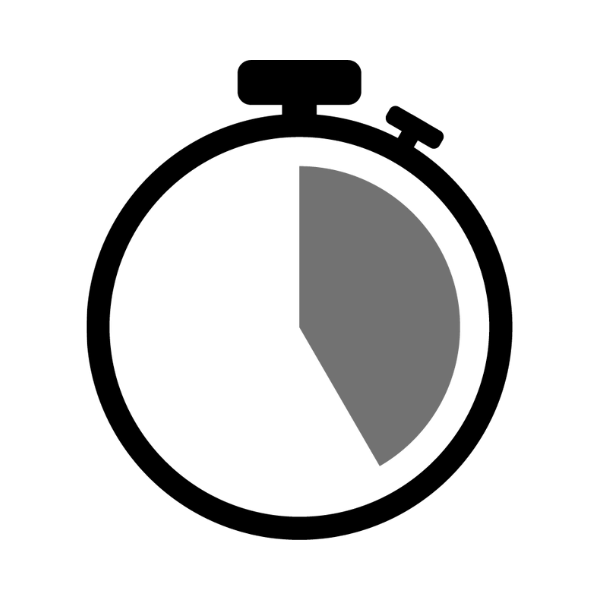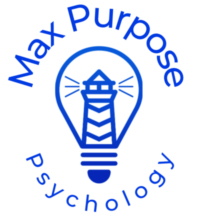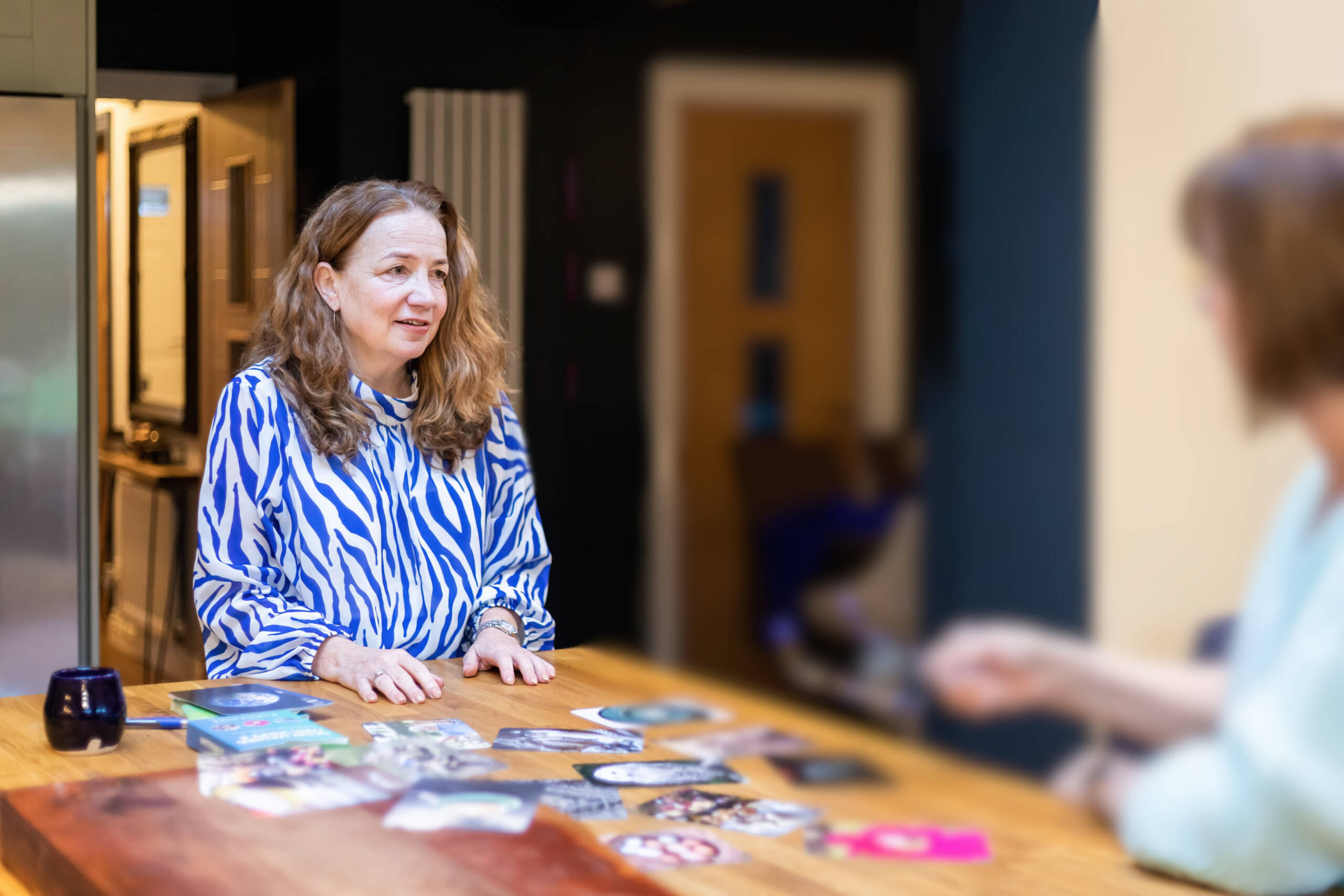“The way to get started is to quit talking and start doing” – Walt Disney
As an Educational Psychologist (EP), managing multiple roles can be overwhelming. Productivity is essential, but it’s not just about getting more done.
Below are some practical tips, a mix of my own and those from colleagues and my network. What works for one person may not work for another, so try these out to help you stay on top of your workload while maintaining a sense of balance.
1. Divide Weekly Tasks into Quotas
Breaking down your weekly goals into manageable quotas can help keep you organised. Instead of tackling a giant to-do list, focus on what needs to be done by the end of the week and divide it into smaller, daily chunks. By setting realistic, bite-sized goals, you reduce the risk of feeling overwhelmed and can easily track your progress throughout the week.
For example, if you need to complete three reports, schedule one report across a couple of days. This quota system ensures that even when urgent tasks pop up, you still have time allocated for core work.
2. Work with Your Energy, Not Against It

Understanding your personal energy patterns is key to managing your workload. Whether you’re a morning person (sky lark) or an evening person (night owl), plan your tasks to match your natural rhythm. Reserve high-focus tasks like report writing or complex assessments for times when your energy levels are highest. For lower-energy periods, schedule easier tasks, such as replying to emails or updating notes.
This approach allows you to work with your energy levels rather than forcing productivity when you’re not at your best.
3. Pomodoro Technique: Keep Focused

The Pomodoro Technique, where you work in focused 25-minute intervals followed by short breaks, can help you stay productive. This method creates a sense of urgency and flow while still giving you moments to recharge. Set a timer, work without distractions for 25 minutes, and then take a 5-minute break. After four cycles, take a longer break of 15-30 minutes.
This is one of my favourites. I set the timer on my phone and put it out of reach, so I can’t be tempted to scroll.
4. Block Out Time for CPD and Admin
One of the biggest challenges for EPs is balancing time between direct client work, continuing professional development (CPD), and the necessary admin tasks that support your practice. Scheduling dedicated blocks of time for these activities helps ensure they don’t get neglected. Mark CPD and admin time in your calendar as non-negotiable—this will help you stay on top of learning and paperwork without it spilling into other areas of your day.
5. Take Regular Breaks, Even When You’re ‘In the Flow’
Getting into a productive flow state can be exhilarating, but working for too long without a break can lead to burnout. Build regular breaks into your day, even when you feel like you’re on a roll. Short walks, stretching, or simply stepping away from your desk for five minutes can recharge your energy and improve focus for the rest of the day.
6. Manage Your Email
Emails can take up a lot of our working day, so consider having specific times to check them. Use features like filters, folders, and out-of-office responses to help prioritise urgent messages and keep your inbox manageable. In his book Productivity Ninja, Graham Allcott talks about the “Four D’s” for email management:
- Delete – Remove irrelevant emails to keep your inbox clutter-free.
- Delegate – Pass tasks to others if possible, freeing up your time.
- Defer – Schedule emails that require later action into your to-do list.
- Do – If a task takes less than two minutes, handle it immediately.
7. Environment and Background Noise

Changing your environment can stimulate creativity and enhance focus. If you’re primarily working from home or in the same location, try spending a few hours in a café, library, or coworking space. For in-person meetings, plan routes to reduce travel time and maximise efficiency.
Consider the type of noise that boosts your concentration—whether it’s complete silence, white noise, gentle background music, or the ambient sounds of others working around you. Identifying what works best can greatly improve your productivity and focus.
8. Incorporate Habit Stacking
James Clear’s concept of habit stacking involves attaching a new habit to an existing one. For example, if you’re trying to build a habit of writing your to-do list for the next day before you log off, do it with a cup of tea before you switch the computer off.
9. Big Rocks First
Stephen Covey’s “Big Rocks” concept is all about prioritising what’s most important. Begin each day by identifying your big rocks—those tasks that will have the biggest impact. Once these are tackled, the smaller, less urgent tasks (pebbles and sand) can fit in around them. This ensures your most critical work gets done, even if your day doesn’t go exactly as planned.
I like to start my day with a to-do list, no more than six items on it. Some of these are big rocks, such as writing a report, while others might be sand and pebbles, often involving admin tasks like emails or phone calls.
10. Work-Life Harmony
My business coach, Dr Hayley Lewis (halopsychology.com), has encouraged me to think about work-life harmony as opposed to work-life balance. This might mean that your working hours don’t follow the traditional 9-5 schedule. Find a rhythm that suits your personal and professional life. Build in time for relaxation, hobbies, friends, and family. Plan your holidays and days off. Occasionally, give yourself a random day off to recharge without guilt. I recently booked a mid-week matinee at the theatre and went out for food afterwards—such a treat.
References:
Allcott, G. (2019). Productivity Ninja: Worry Less, Achieve More and Love What You Do. Icon Books.
Clear, J. (2018). Atomic Habits: An Easy & Proven Way to Build Good Habits & Break Bad Ones. Penguin Random House.
Covey, Stephen R. The 7 Habits of Highly Effective People: Powerful Lessons in Personal Change. Free Press, 1989.



